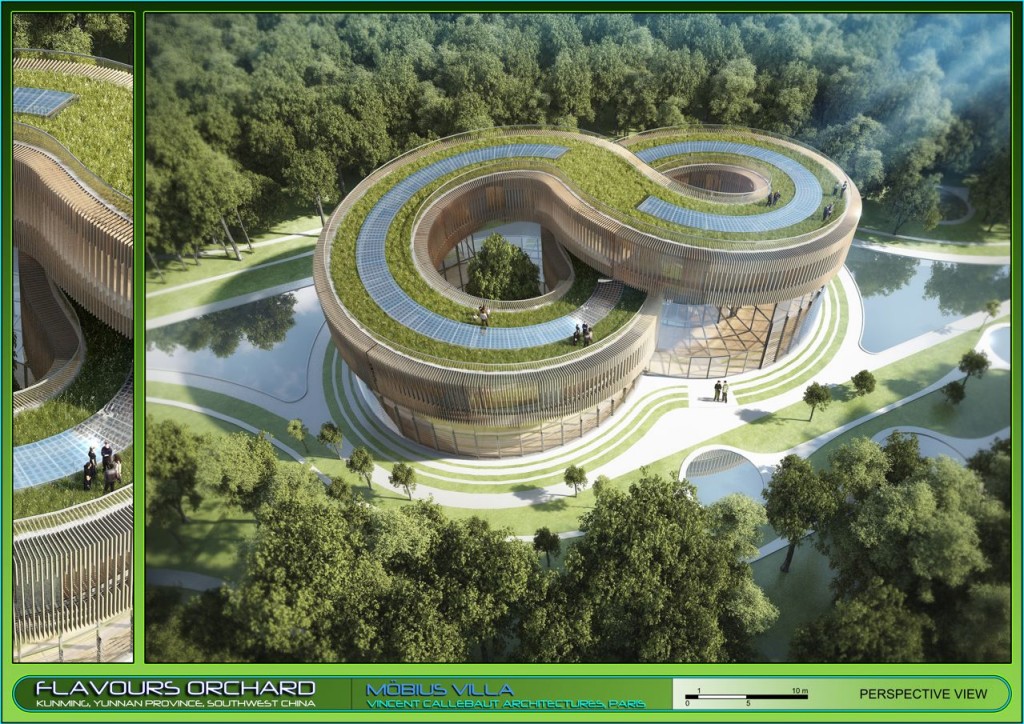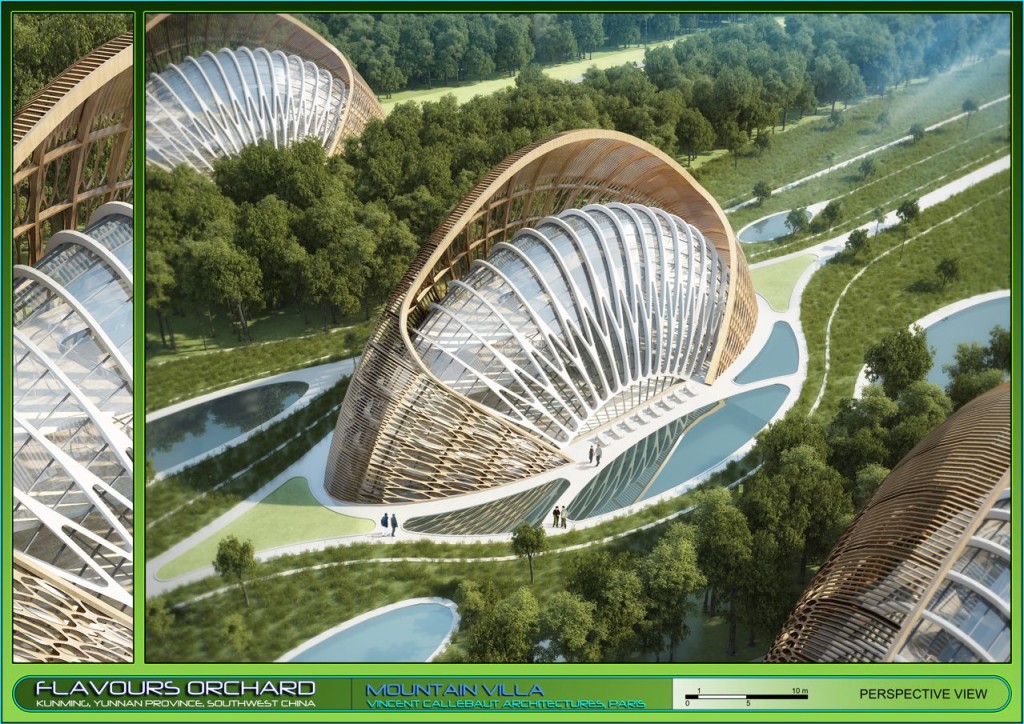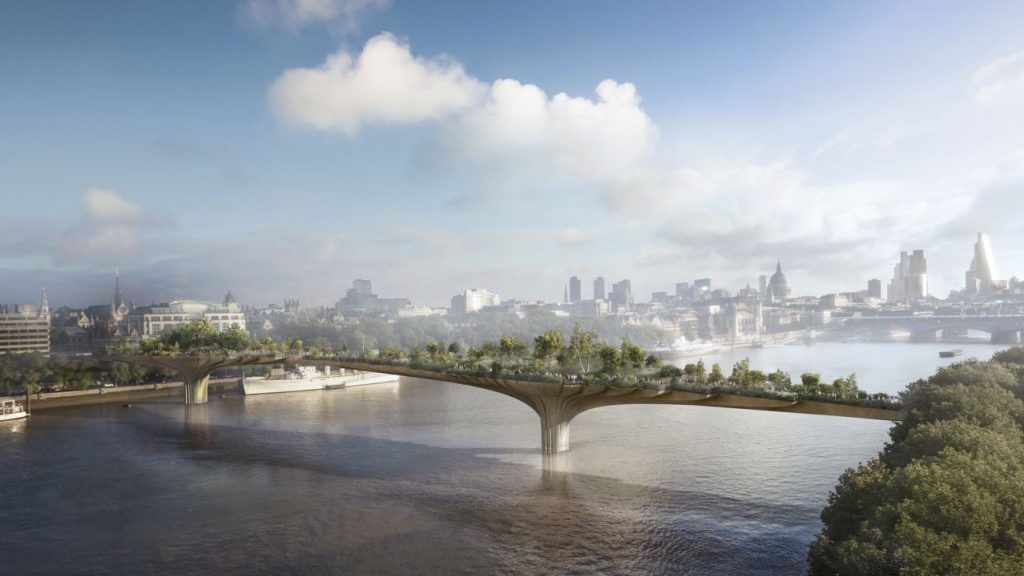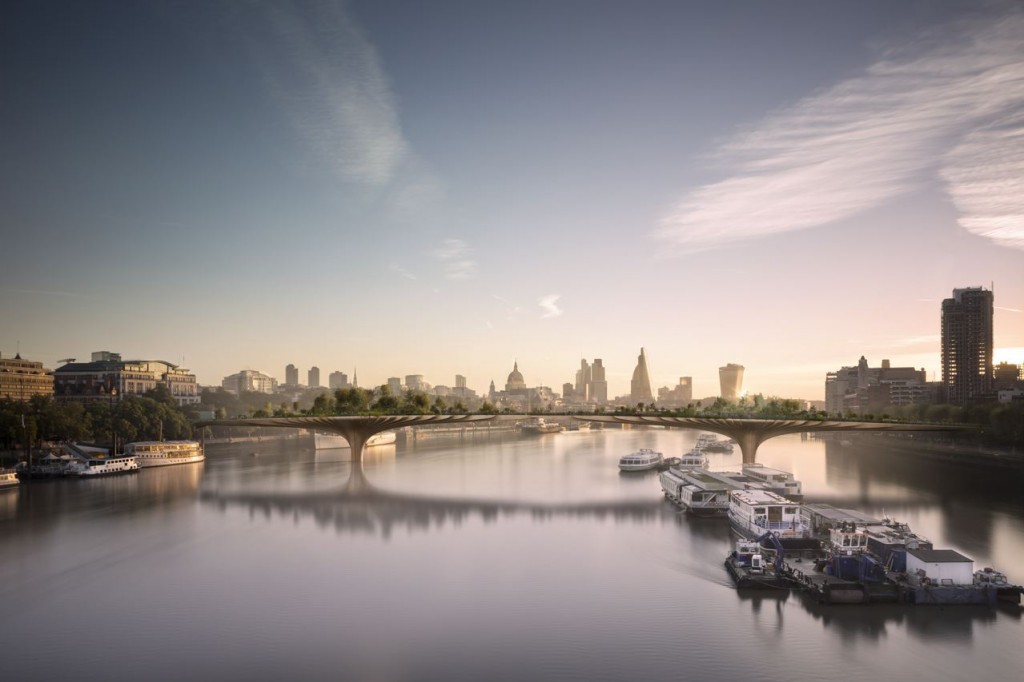Mits Airconditioning Inc. designs high-end custom heating and air conditioning solutions.
Mits Airconditioning Inc. makes no bones about it – its company raison d’être is to offer top of the line service in its distribution of long-lasting, premium, and environmentally-friendly HVAC products. As a company slogan says: Paving the way for green HVAC.
Founded in 1987 by owner and president Jack Eliav, Mits Airconditioning Inc. (Mits Air) is well-known in the HVAC (Heating, Ventilation and Air Conditioning) industry for its premium brand offerings, superb customer service, inventory of equipment and parts at all times, and on-time deliveries.
The experienced team at Mits Air works closely with clients to design the most suitable, effective and efficient HVAC systems for diverse projects such as hospitals, hotels, nursing homes, schools, residential buildings, educational institutions, commercial buildings, unique historic sites, high-tech computer and server rooms, and LEED certified buildings.
Based in southeastern Ontario, Mits Air holds distribution rights to several high-end product lines including, but not limited to, Mitsubishi Electric MrSlim™, Mitsubishi Electric City Multi, Mitsubishi Electric Zuba Central, Lossnay™, Renewaire, DiamondAir Horizontal and Vertical Water Cooled units, Aermec S.P.A. Chillers and Heat Pumps, IBC Boilers, Laars Boilers, Navien Tankless Water Heaters, Noritz Tankless Water Heaters, Bard Wall Mounted units and Oceanaire Air and Water Cooled Portable units, as well as Vesbo piping and other accessories that complement the product lines.
Eliav has more than 35 years of experience in the heating and air conditioning industry. The company’s head office in Mississauga, Ontario includes a 42,000 square-foot stocked warehouse with equipment and parts for all of its products, as well as a fully operational showroom and training centre. In addition to its head office, Mits Air has an office and warehouse in Barrie, Ontario.
Mits Air takes pride in not only distributing products, but in working with architects, consulting engineers and contractors from concept to completion of each custom project, to ensure that all solutions are both functional and aesthetically pleasing. The company seeks to ensure that its designs and applications are innovative, cost-effective, and environmentally-friendly.
Mits Air also believes in the value of education and spends substantial resources training its customers on the products and brands it distributes. Its 2012 move to a new facility 2.5 times larger than its previous location allowed Mits Air to offer even more frequent and comprehensive training due to its new state of the art, fully-functional showroom and large training facility. Mits Air focuses on developing its training programs so that its customers are updated with new product training, advances in technology, and certifications on the products they purchase and subsequently install, ensuring greater end-user satisfaction.
A forward-looking company that has continued to grow exponentially since its inception, Mits Air was recognized by PROFIT Magazine (PROFITguide.com) in 2013. In the magazine’s 25th annual PROFIT 500 issue, Mits Air was ranked number 360 on the list of Canada’s fastest- growing companies.
With a long history of offering green products that are environmentally sustainable, Mits Air continues to build its green inventory. Through its new alliance with Italian manufacturer, Aermec S.P.A., Mits Air now distributes Aermec’s unique cooling and heating solutions to North America, which add to Mits Air’s core Mitsubishi Electric product line.
Mits Air has distributed Mitsubishi Electric’s high-end products for over 27 years.
In its complete range of commercial and residential HVAC solutions, Mitsubishi Electric has demonstrated a commitment to new technologies, energy efficiency and an overall reduction in carbon emissions. Mits Air has received great responses to Mitsubishi Electric’s commercial VRF City Multi, the commercial MrSlim P-Series, the residential MrSlim M-Series and Zuba Central systems.
The benefits of Mitsubishi Electric’s commercial City Multi VRF 2-pipe system can be seen in the new headquarters of Enermodal Engineering Ltd. City Multi is a premium, eco-friendly multiple split, 2-pipe system that connects one condensing unit to multiple indoor units and can provide heating, cooling or both to any structure. It uses ozone friendly R-410A refrigerant and is one of few heat pumps that can provide room comfort when outdoor temperatures drop to -25°C and beyond.
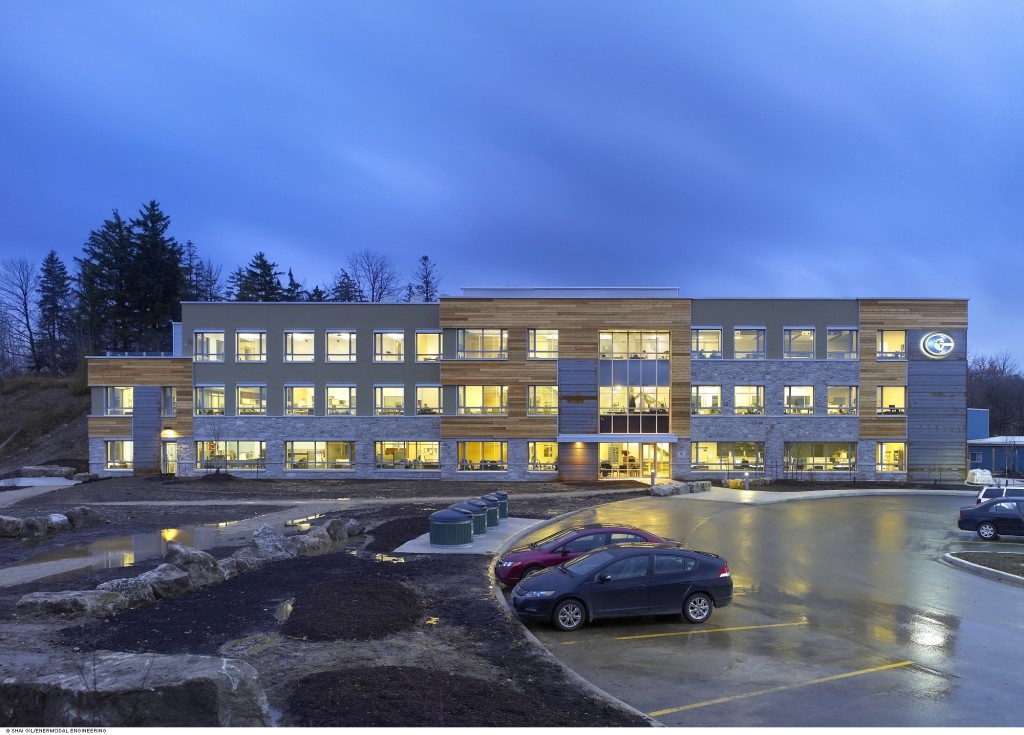
Enermodal, one of Canada’s largest green building consulting firms, sought LEED certification in its construction of its new 22,000-square-foot headquarters in Kitchener, Ontario. Enermodal chose the City Multi VRF which used only 70 kWh/m² over a 36-month review period (the Canadian average is 375 kWh/m²). The building has been awarded three LEED platinum certifications and consumes only about 15% of the energy consumption of a typical Canadian office building.

In another example, MrSlim™ M-Series ducted SEZ/SUZ split system was used in 2013 to retrofit downtown Toronto’s Cathedral Court Co-op. The MrSlim™ M-Series is a single or multiple split system that provides cooling when outdoor temperatures are as low as -10°C and heating when outdoor temperatures are as low as -25°C. This solution was chosen given its energy sustainability, lower carbon footprint, ease of maintenance and overall reliability and longevity. This solution has performed exceptionally well, with no problems or failures of equipment during Toronto’s 2014 winter season with temperatures of -31°C and beyond.
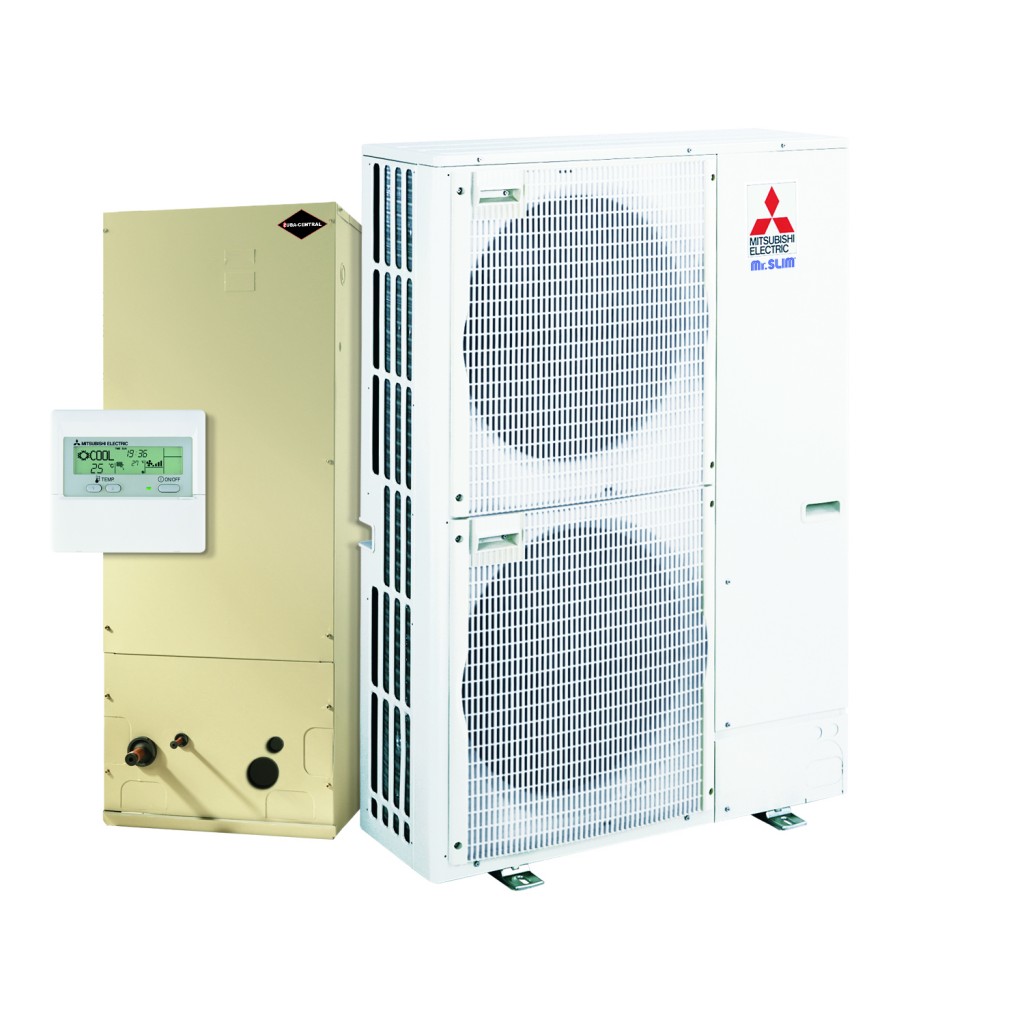
Mitsubishi Electric’s Zuba Central is a premium electric air to air heat pump that provides both heating and cooling. It has a high efficiency ECM motor, uses ozone friendly R410A refrigerant and produces no CFCs or HCFSs with no Ozone Depletion Potential. It is an Energy Star qualified heat pump with S.E.E.R. ratings up to 15.0 S.E.E.R. in cooling mode and HSPF ratings of 9.4 in heating mode. Zuba Central was the subject of a performance assessment at the Kortright Centre for Conservation in Maple, Ontario, in conjunction with the Sustainable Technologies Evaluation Program (STEP) from Ryerson University. It was found to be a more cost-effective alternative to geothermal systems and a more energy-efficient alternative to conventional HVAC systems, exceeding EnerGuide ratings across all measure indicators.
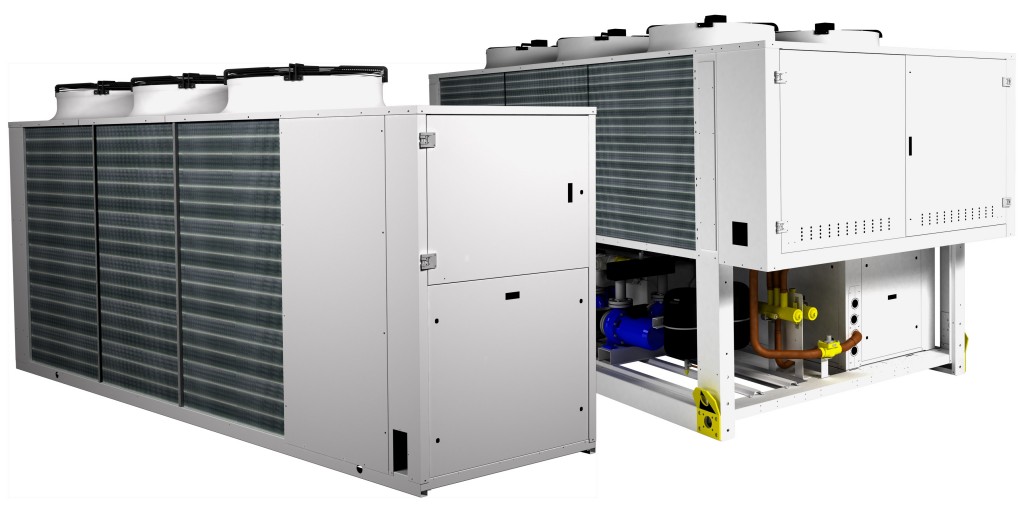
Aside from its long standing representation of Mitsubishi Electric products, Mits Air’s new alliance with Aermec fits perfectly with Mits Air’s high-end, energy efficient product lines.
Aermec demonstrates its commitment to the environment by continually meeting global energy savings and environment protection challenges in the development of their new technologies.
All Aermec products available for North American applications use R410A, an ozone friendly refrigerant with a high thermodynamic efficiency that leads to, together with the use of multiscroll technology, a reduction in CO2 emissions. The savings obtained when using Aermec for cooling in the summer, heating in the winter, providing domestic hot water, and recovering energy year-round, result in a 35% reduction in CO2 emissions compared to traditional R407C heat pumps and standard chiller and boiler systems.
As for materials used for the piping systems, Vesbo PP-R pipes and fittings incorporate a fusion weld process to cover a wide range of applications. Known as an “all one piece” of material, Vesbo products are manufactured from polypropylene random copolymer resins, known as PP Type 3 raw material. With an inherent layer of fibreglass incorporated in the pipe, typical insulation thicknesses can be greatly reduced as well.
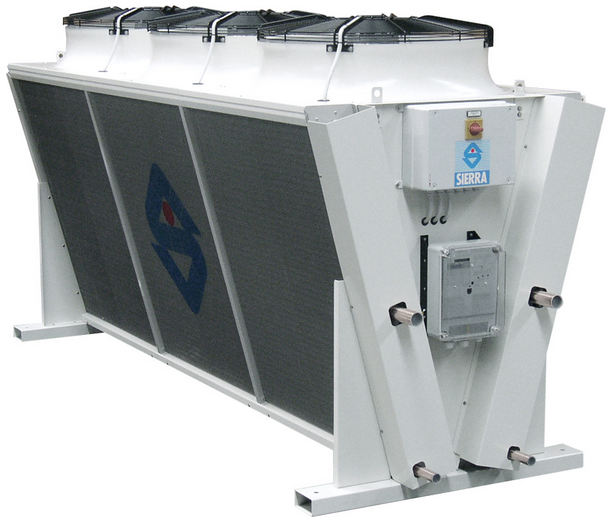
Two of Aermec’s products that have attracted much attention in North America are the NRL air to water heat pumps and chillers (13-260 tons) and the NRP multipurpose air cooled units with axial fans. The NRL units have been used in several successful case studies, including British Columbia’s Surrey Memorial Hospital, where three NRL3600 chillers with total heat recovery were installed to provide 750 tons of cooling and free/recovered heating all year round – thereby reducing energy and environmental costs.
Aermec’s NRP is North America’s only simultaneous heating and cooling unit with full heat recovery. With TER or COPs of up to 9, one can obtain great energy efficiencies while benefiting from any amount of heating or cooling, whenever it is required. Among other applications, the NRP is being used in the BC Hydro Northern Regional Operations building in Prince George, British Columbia, where two multipurpose heat pumps NRP700E4R2 with COPs twice as high as traditional chiller/heat pump systems will be used to provide unmatched energy-efficient and environmentally friendly heating and cooling.
In 2014, moving ahead, the goal for Mits Air is to increase its market share by enhancing its product offerings, building its employee team, and obtaining greater exposure to both Canadian and U.S. markets through trade shows, e-communications and the use of webinars and other related e-products.
At the heart of it all, one constant remains: for difficult heating, ventilation or air conditioning (HVAC) jobs, the team at Mits Airconditioning Inc. will not only embrace the challenge, but will design an efficient solution that meets the needs of each individual client.
Web
mitsair.com
aermec.ca
aermec.us
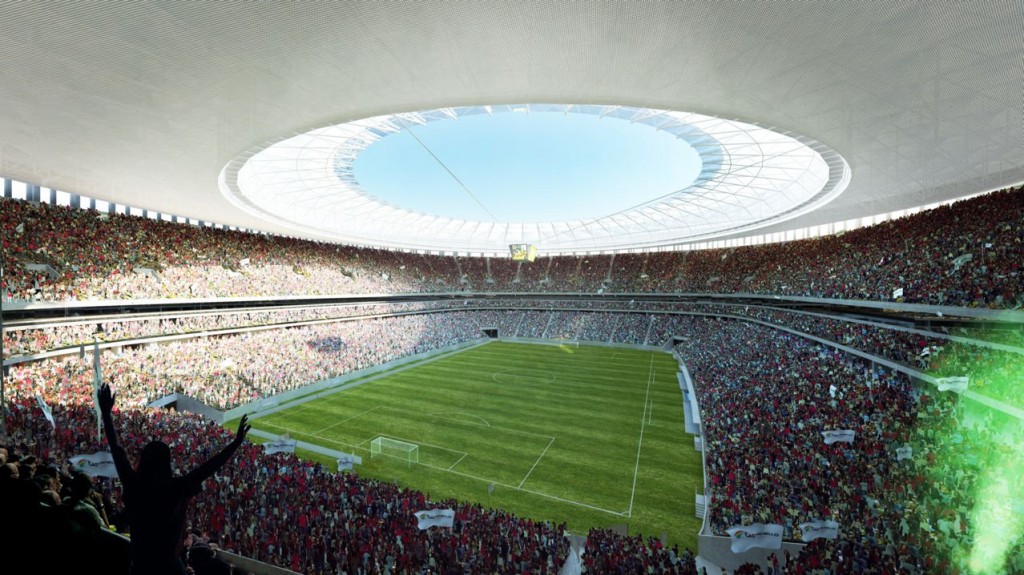
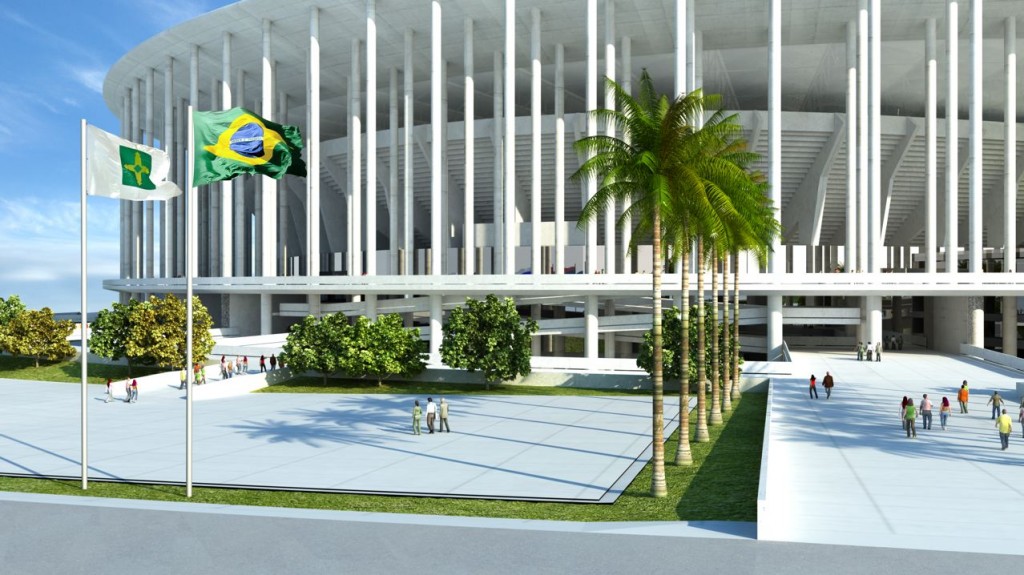







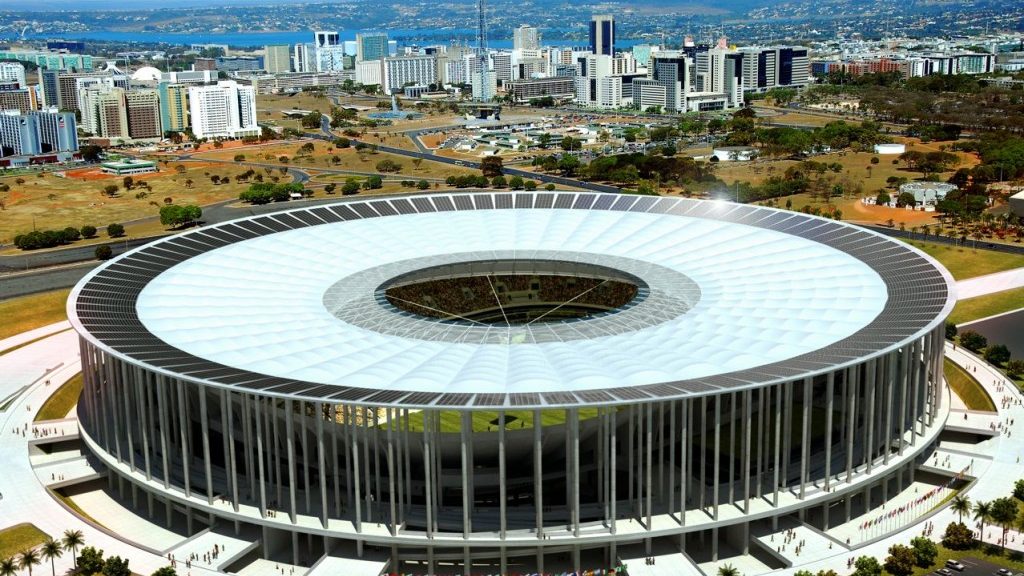
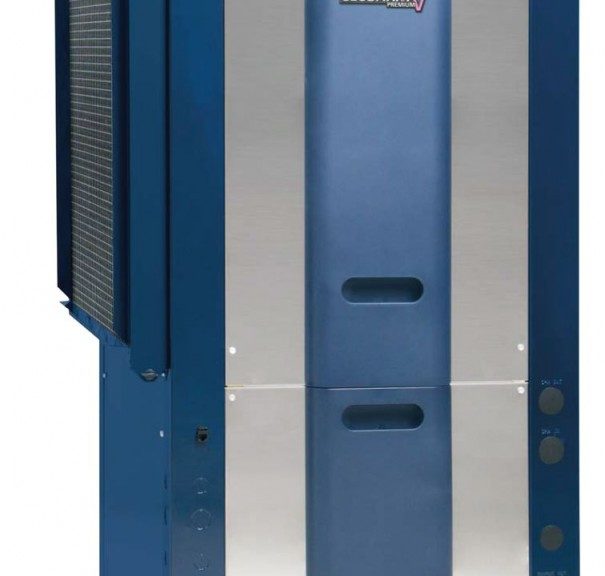
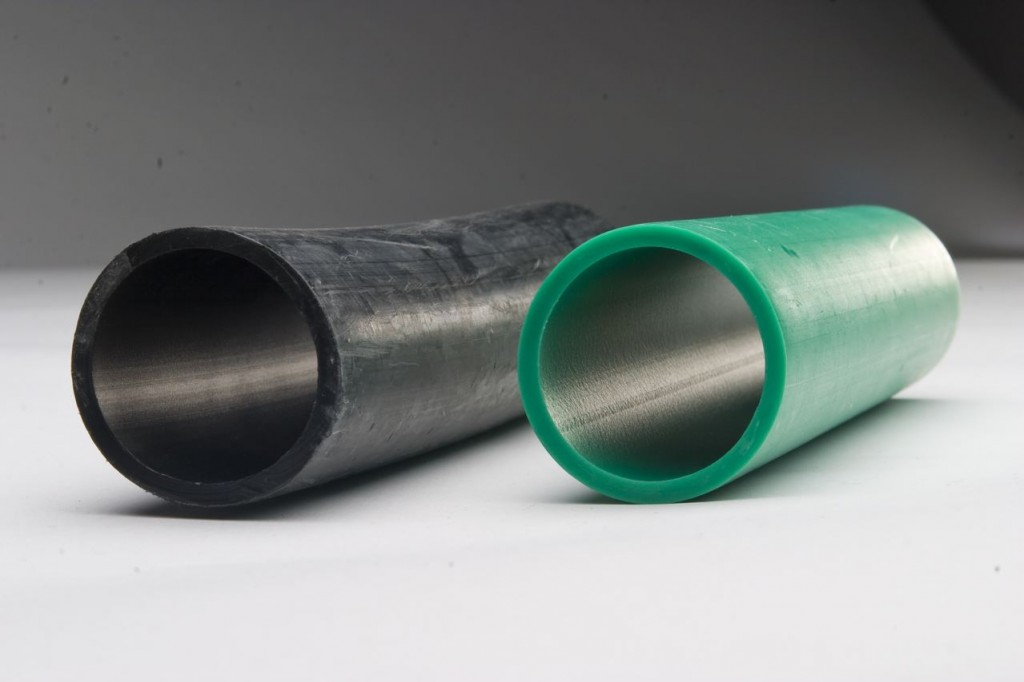
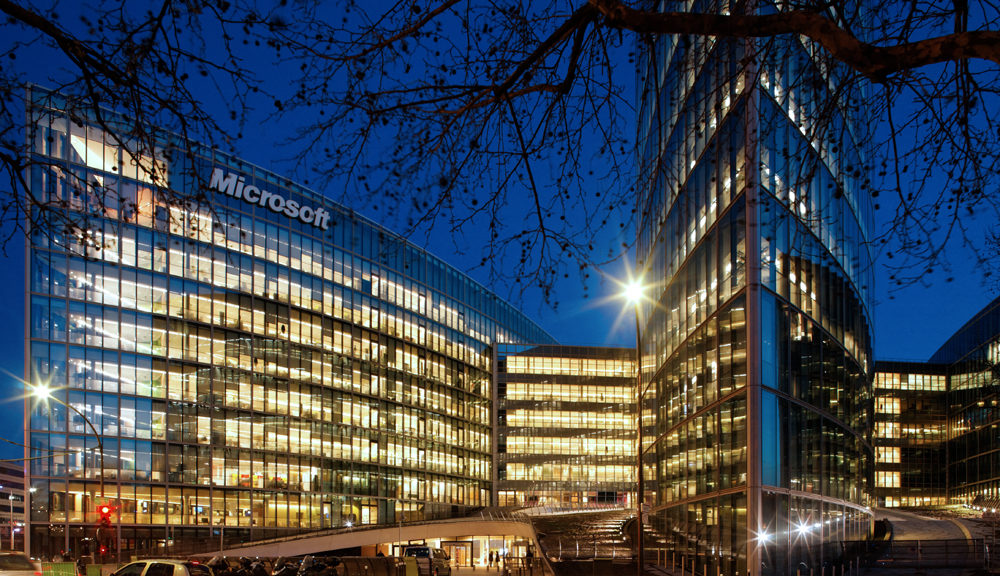
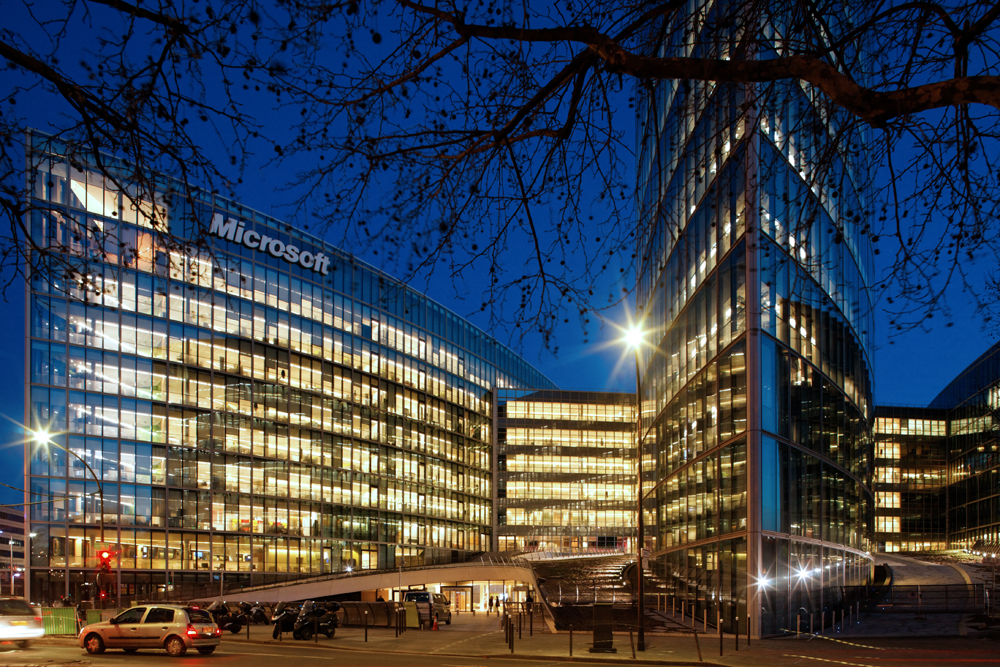




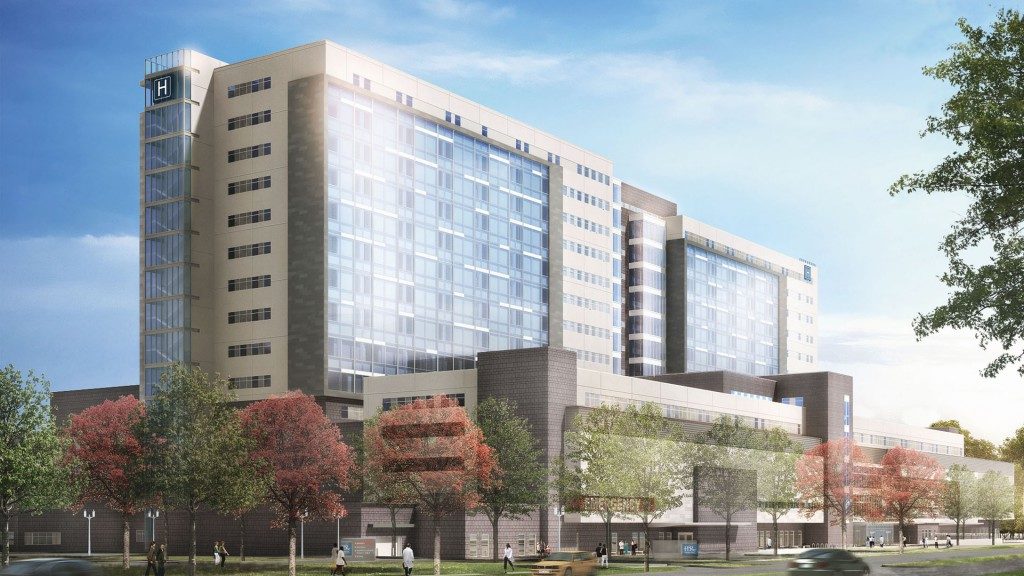
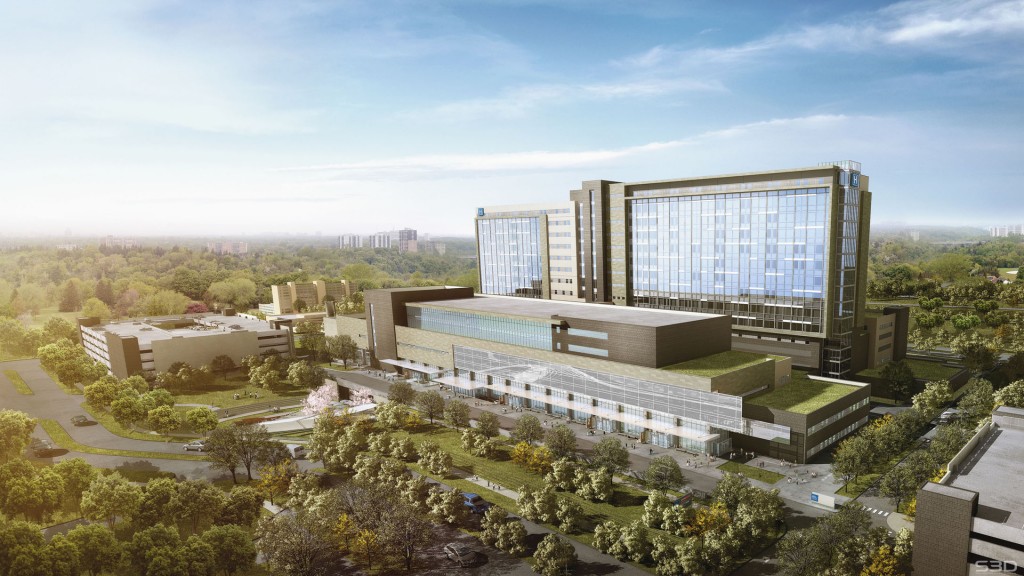 Humber River Hospital, designed by HDR
Humber River Hospital, designed by HDR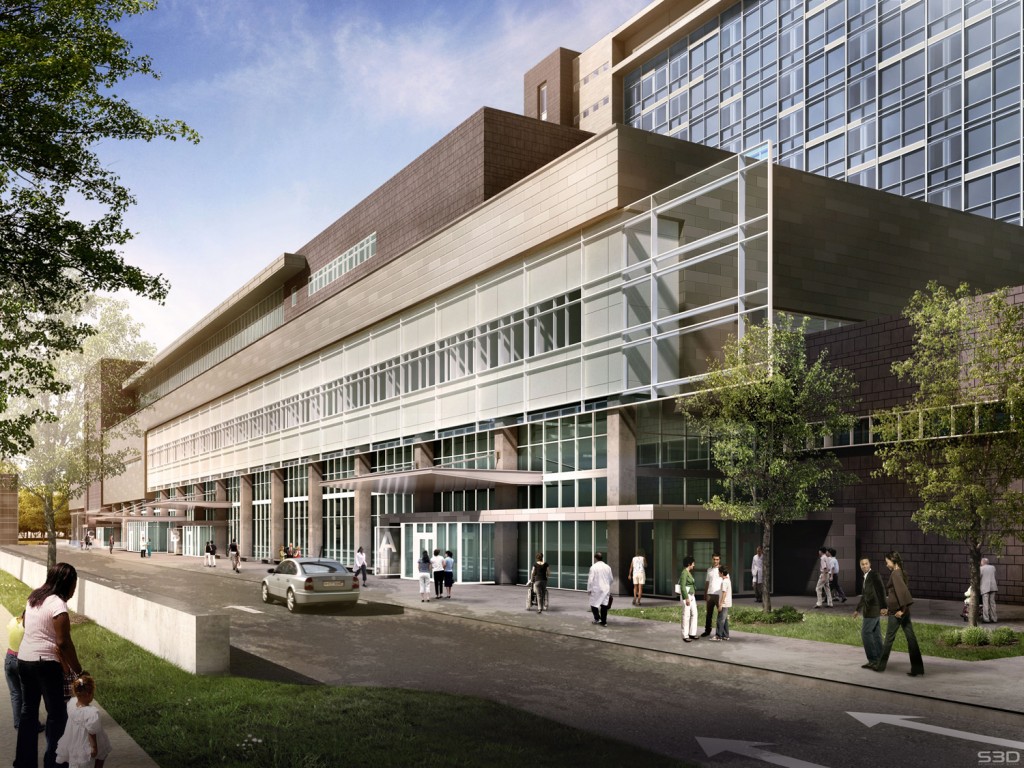 Humber River Hospital, designed by HDR
Humber River Hospital, designed by HDR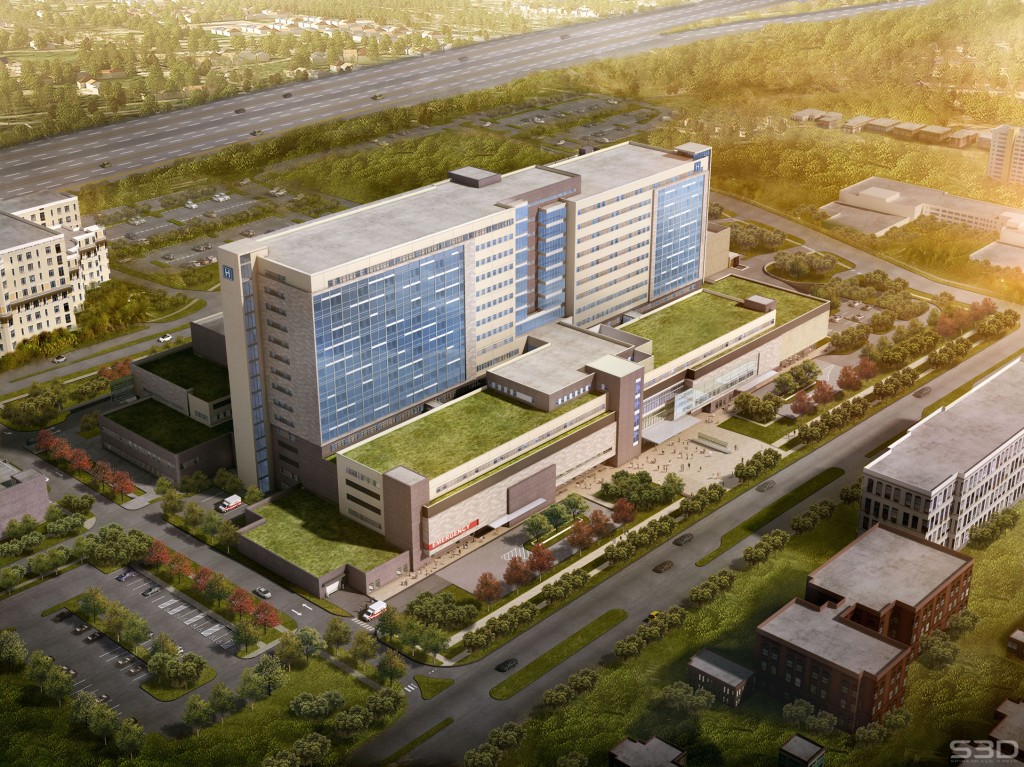 Humber River Hospital, designed by HDR
Humber River Hospital, designed by HDR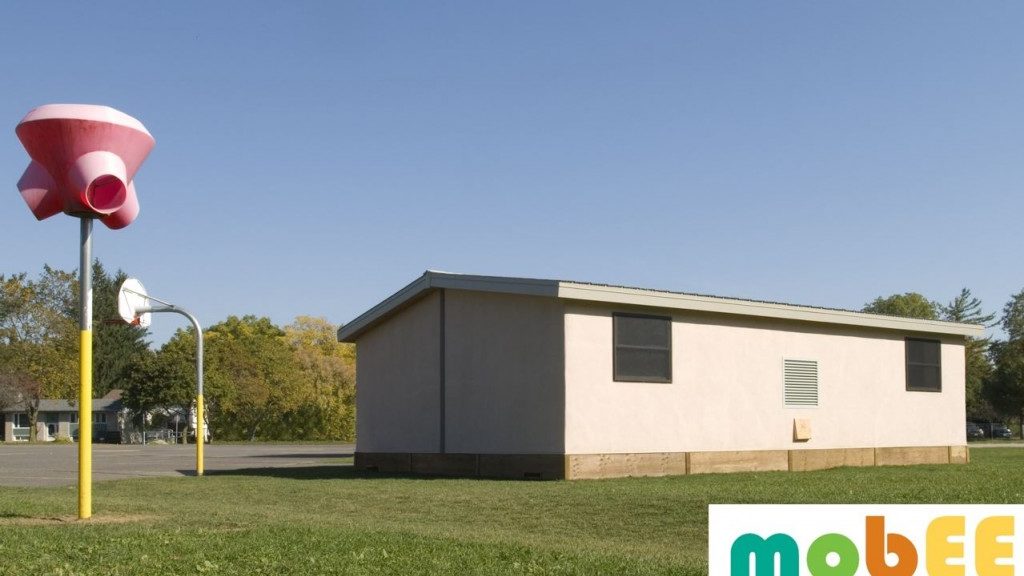

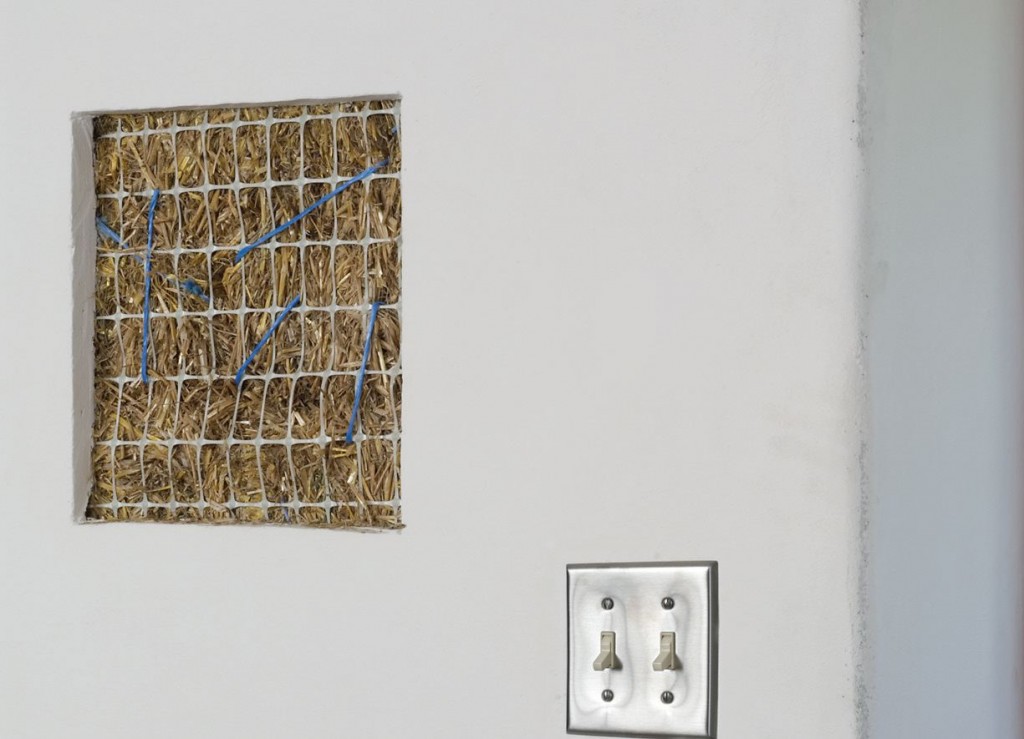







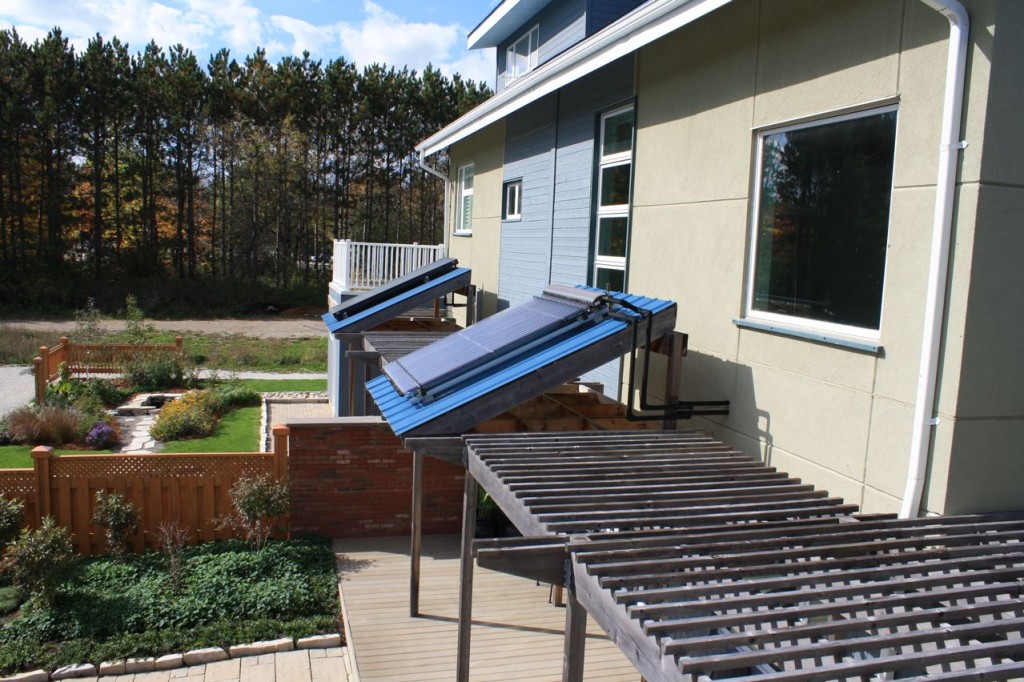
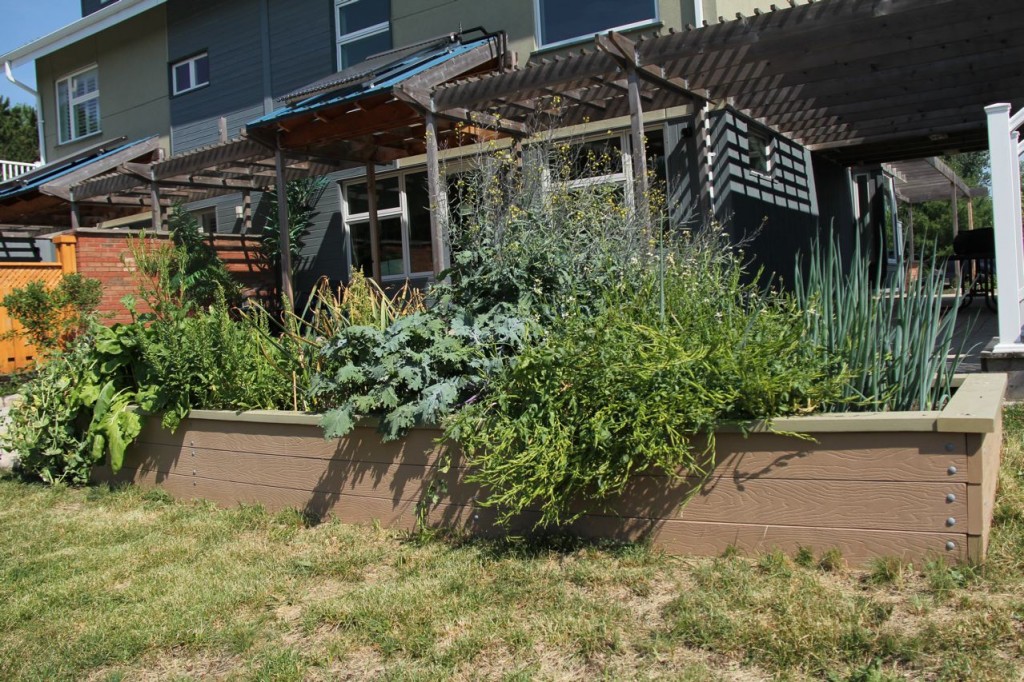
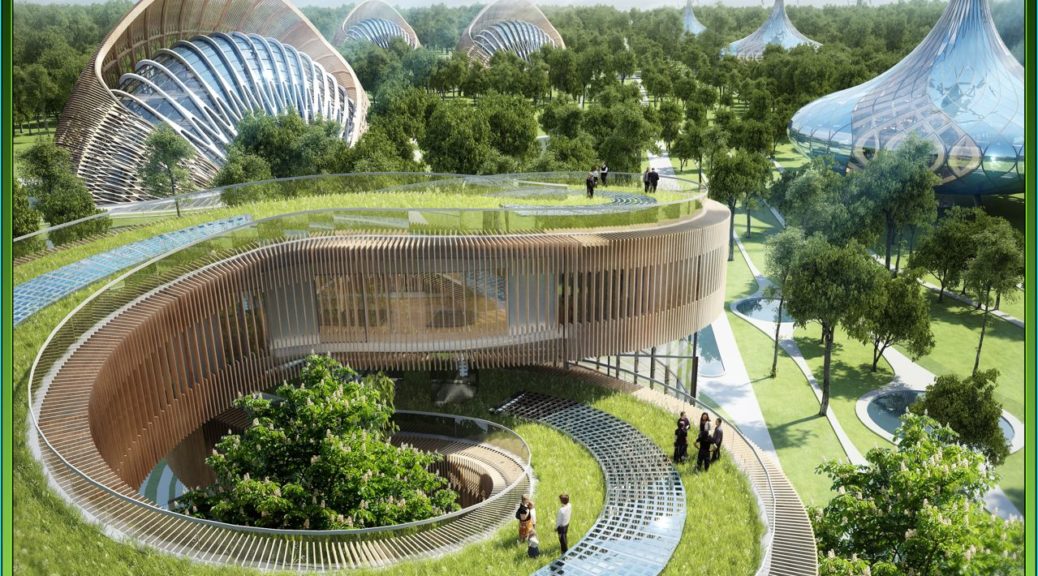
 EFFICIENT COMMUNITY IN KUNMING
EFFICIENT COMMUNITY IN KUNMING